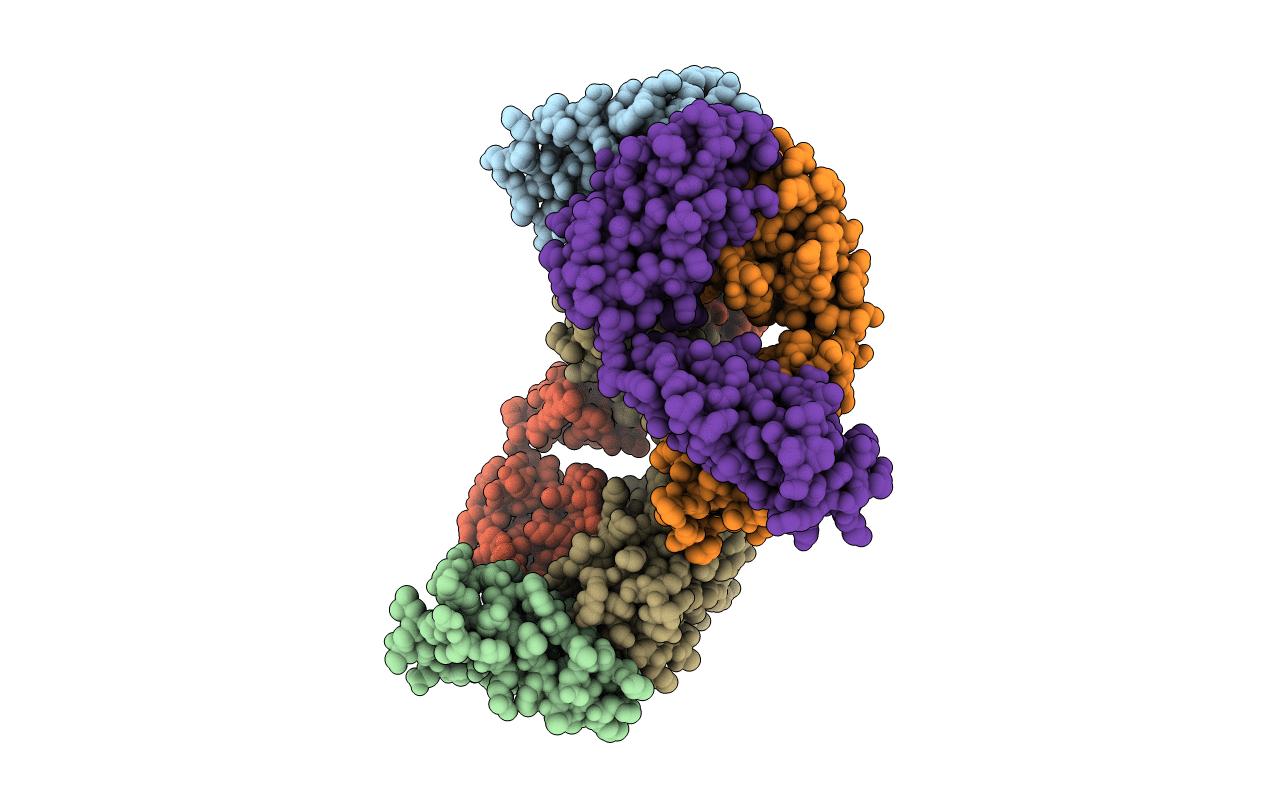
Deposition Date
2012-10-12
Release Date
2013-05-29
Last Version Date
2024-11-20
Entry Detail
PDB ID:
4HJ0
Keywords:
Title:
Crystal structure of the human GIPr ECD in complex with Gipg013 Fab at 3-A resolution
Biological Source:
Source Organism:
Homo sapiens (Taxon ID: 9606)
Host Organism:
Method Details:
Experimental Method:
Resolution:
3.00 Å
R-Value Free:
0.31
R-Value Work:
0.25
R-Value Observed:
0.26
Space Group:
P 1 21 1


